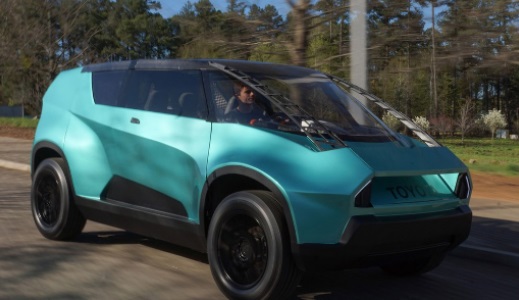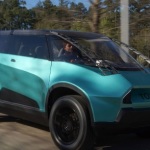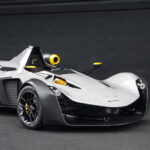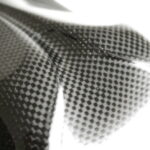Toyota’s Deep Orange project has spawned the peculiar uBox concept car.
Created by a group of university students in South Carolina, the uBox showcases uses for carbon fibre in future vehicles that won’t adhere to the current ‘cookie cutter’ shapes and sizes.
Dubbed a “next-generation” concept vehicle, the uBox concept was crafted by a group of Clemson University students over two years as an affordable, practical vehicle constructed from carbon-fibre doors, rear tailgate, bumpers and even the dashboard.
Almost every car designer motoring.com.au talks to gets visibly excited about the advent of electric cars, chiefly because of the flexible packaging attributes, resulting from the use of smaller electric motors that can be placed virtually anywhere within the car.
This opens up a Pandora’s box of aesthetic possibilities and the material of choice for sculpting the cars of the future will increasingly be carbon fibre, which offers excellent strength and rigidity while weighing significantly less than most metals.
The only problem is that carbon fibre shatters violently when exposed to the sort of extreme forces often generated in a crash, but issues such as these are being ironed out as the technology and fabrication of the material improves.
Even the interior of vehicles will benefit from improvements in the use of carbon, explains Dr. Johnell Brooks, an associate professor in Clemson University’s graduate Department of Automotive Engineering.
“With our exposed CFRP [carbon-fibre reinforced plastic] interior components on Deep Orange 6, it was a high priority to use a woven carbon-fibre fabric with a unique weave pattern,” he said, the idea being to give it more visual appeal.
An electric powertrain propels the sci-fi-inspired uBox design, which features removable seats, but according to Clemson University the Toyota Deep Orange alliance that spawned the uBox concept is about ‘creating a value proposition for a young generation that has little money to spare’.
So is this vehicle purely a flight of fancy, or something more?
According to its creators, ‘The anticipated market introduction is 2020 and the brand of the vehicle will be Toyota’.












